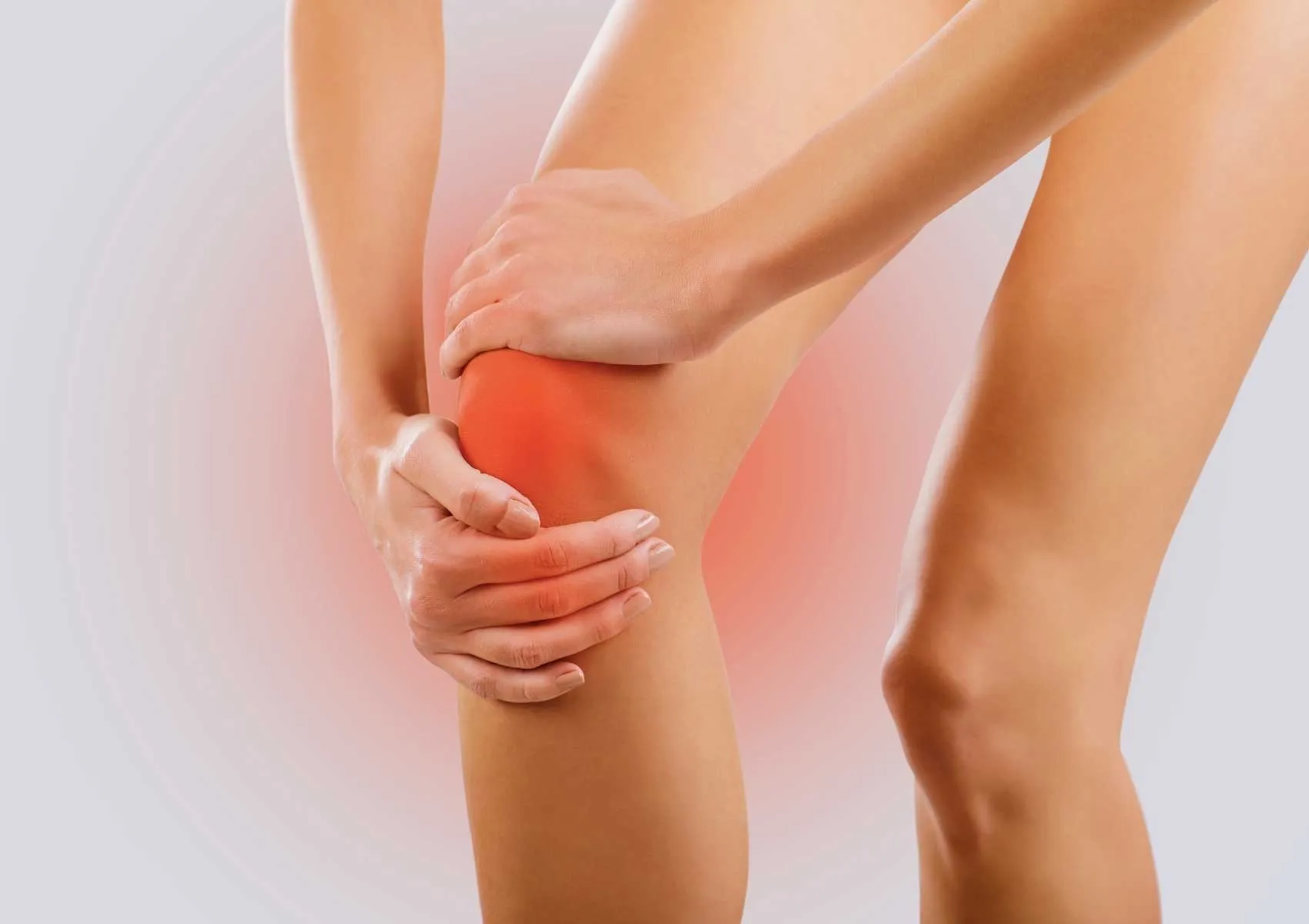What Does Fluid Accumulation in the Knee Mean?
Swelling, Pain, and Stiffness—Your Body’s Warning System
Swelling in the knee—whether it develops suddenly or gradually—is a common complaint that can significantly affect daily life. Often referred to as “fluid on the knee,” the medical term for this condition is knee effusion. Normally, the knee joint contains a small amount of synovial fluid that lubricates and nourishes the joint. When excess fluid accumulates due to injury, overuse, or disease, it leads to visible swelling, tightness, limited mobility, and sometimes pain.
In this article, we’ll explore what fluid buildup in the knee really means, the most common causes, how it's diagnosed, and the available treatment options—based on clinical evidence.
Is Fluid Normally Present in the Knee Joint?
Yes. A small amount of synovial fluid is always present in the knee. This clear, viscous fluid helps:
- Reduce friction between joint surfaces
- Nourish cartilage tissue
- Absorb shock during movement
However, in response to trauma, inflammation, or structural damage, the synovial membrane may produce excess fluid, or blood and inflammatory cells may accumulate, resulting in noticeable swelling.
What Causes Fluid in the Knee?
There are many potential causes of knee effusion. These can be acute (sudden) or chronic (long-developing):
1. Traumatic Causes:
- Meniscus tears
- Ligament injuries (ACL, PCL)
- Knee sprains or dislocations
- Fractures around the joint
- Sports injuries
2. Degenerative Conditions:
- Knee osteoarthritis (wear-and-tear arthritis)
- Cartilage defects or damage
- Joint surface degeneration
3. Inflammatory Conditions:
- Rheumatoid arthritis
- Gout or pseudogout
- Septic arthritis (infectious arthritis)
4. Mechanical Overload:
- Long periods of standing
- Repetitive squatting or kneeling
- Poor training technique or overtraining
5. Other Causes:
- Bursitis (inflammation of fluid-filled sacs)
- Baker’s cyst
- Synovial tumors or cysts
The symptoms accompanying knee effusion will vary depending on the underlying cause.
Common Symptoms of Knee Effusion
Knee fluid buildup typically presents with the following symptoms:
- Visible swelling in and around the knee
- Tightness or pressure, especially during bending
- Pain, particularly when walking, climbing stairs, or squatting
- Reduced range of motion
- Warmth and redness (especially in infection)
- Clicking, popping, or grinding
Some people also describe a “fullness” in the knee or a sensation that the knee is “giving out” during movement.
How Is It Diagnosed?
A physician begins with a physical exam, checking for swelling, tenderness, and range of motion. Additional diagnostic tools may include:
- Ultrasound – identifies fluid volume and precise location
- MRI – detects soft tissue injuries like meniscus tears, ligament damage, or cartilage lesions
- X-ray – assesses bone structure and joint space narrowing
- Joint aspiration (arthrocentesis) – fluid is drawn from the knee for analysis to check for infection, inflammation, or blood
- Lab tests – rule out systemic inflammatory or infectious diseases
How Is It Treated?
Treatment depends on the underlying cause of the effusion.
1. Conservative (Non-Surgical) Management:
- Rest and activity modification
- Ice therapy (15–20 minutes, 3–4 times daily)
- Compression wraps or braces
- NSAIDs (non-steroidal anti-inflammatory drugs)
- Physical therapy and strengthening
- Weight loss to reduce joint stress
2. Joint Aspiration (Arthrocentesis):
- Used for both diagnosis and symptom relief
- Can reduce swelling and improve mobility
- Corticosteroid injections may be administered afterward to reduce inflammation
3. Disease-Specific Treatment:
- DMARDs or biologics for rheumatoid arthritis
- Antibiotics for septic arthritis
- Anti-gout medications for uric acid crystal-related inflammation
4. Surgical Options:
- Arthroscopic surgery for structural issues like meniscus tears or cartilage repair
- Removal of Baker’s cysts or synovial tumors if needed
FAQ
-
Can knee fluid go away on its own?
In mild cases, yes—but recurrence is common if the root cause isn't addressed.
-
Is joint aspiration dangerous?
No. When done by a qualified physician, it’s safe and effective for both diagnosis and relief.
-
Does recurring fluid mean I need a knee replacement?
Not always. Persistent swelling may require surgery, but there are many options before considering joint replacement.
-
Are steroid injections safe for knee effusion?
Yes, when used appropriately. However, repeated use should be limited to avoid side effects.
-
Can I exercise with fluid in my knee?
Exercise is not recommended during active inflammation or swelling. Once treated, a modified activity plan may be resumed.

